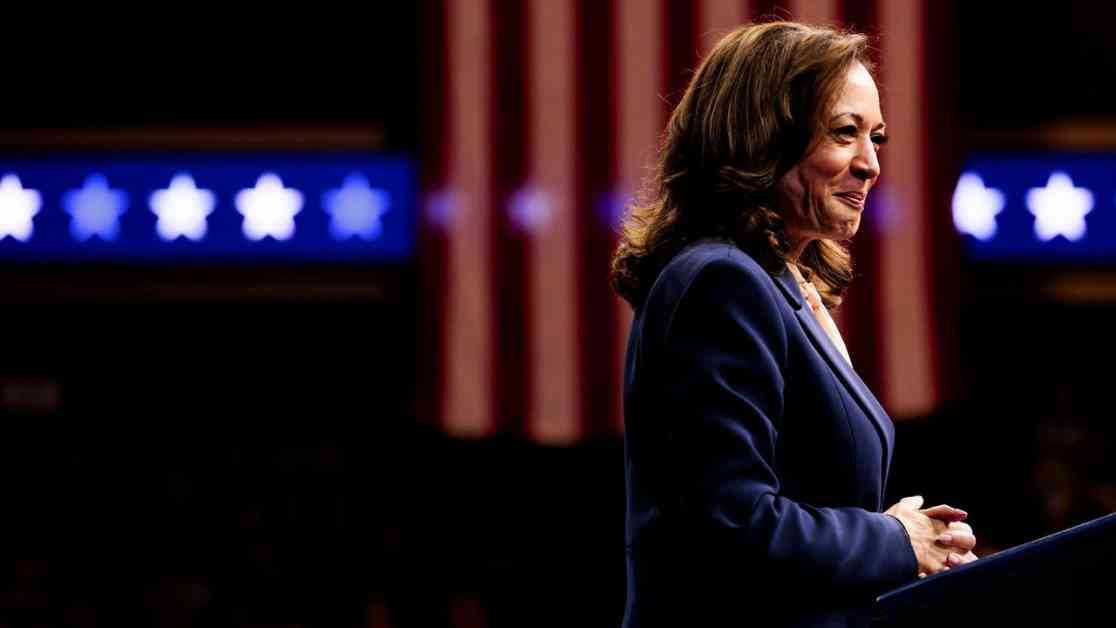As the 2024 presidential election draws near, Kamala Harris has unveiled her ambitious cost-of-living plan, aiming to tackle the pressing issue of rising expenses that plague American families. With inflation reaching its highest point in four decades during her tenure as vice president, Harris is well aware of the urgency of addressing this economic challenge. Her strategy revolves around the promise of “lower costs for American families,” a key pillar of her economic agenda that she is set to emphasize in her upcoming speech at the Democratic National Convention on August 22nd.
Understanding Kamala Harris’s Cost-of-Living Plan
Harris’s cost-of-living plan encompasses a range of initiatives aimed at alleviating the financial burden on American households. One of the central components of her strategy is to address the skyrocketing costs of essentials such as housing, healthcare, and education. By implementing policies that aim to reduce these expenses, Harris hopes to provide much-needed relief to families struggling to make ends meet in an increasingly expensive economy.
Moreover, Harris’s plan also includes measures to boost wages and improve job security for American workers. By advocating for an increase in the federal minimum wage and promoting the creation of well-paying jobs, Harris aims to enhance the economic stability of working-class families. Additionally, her plan seeks to expand access to affordable childcare and paid family leave, recognizing the importance of supporting working parents in balancing their professional and personal responsibilities.
Potential Failures and Pitfalls
While Harris’s cost-of-living plan has garnered attention for its ambitious goals, it also faces significant challenges and potential pitfalls. One of the key criticisms of her strategy is the feasibility of implementing such far-reaching policies in a deeply divided political landscape. With partisan gridlock hindering legislative progress in Congress, Harris may struggle to secure the necessary support for her ambitious economic agenda.
Furthermore, skeptics have raised concerns about the potential unintended consequences of Harris’s proposed initiatives. For example, critics argue that efforts to lower costs for American families may inadvertently lead to disruptions in the economy, such as inflationary pressures or market distortions. Balancing the need to reduce expenses for households with the broader economic implications of such policies will be a delicate balancing act for Harris and her administration.
Public Reception and Political Implications
Despite the challenges and uncertainties surrounding Harris’s cost-of-living plan, the proposal has resonated with many Americans who are grappling with the impact of rising expenses on their daily lives. Polls indicate that a significant portion of the electorate views the cost of living as a top priority, highlighting the salience of this issue in the upcoming election. By addressing the economic concerns of voters, Harris aims to position herself as a candidate who understands and empathizes with the struggles of everyday Americans.
Moreover, Harris’s emphasis on economic issues reflects a broader shift in the political landscape, with candidates across the political spectrum increasingly focusing on economic inequality and the financial challenges facing working-class families. By centering her campaign around a cost-of-living plan, Harris is tapping into a growing sense of economic insecurity and dissatisfaction among the electorate, positioning herself as a champion for those who feel left behind by the current economic system.
In conclusion, Kamala Harris’s cost-of-living plan represents a bold and ambitious vision for addressing the economic challenges facing American families. While the proposal has generated enthusiasm among many voters, it also faces significant hurdles and uncertainties that will shape its ultimate impact on the political landscape. As the election approaches, Harris’s economic agenda will continue to be a focal point of debate and discussion, underscoring the importance of addressing the pressing issue of rising costs for American households.

















